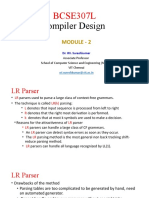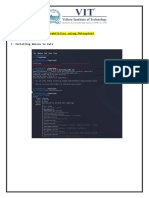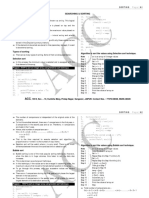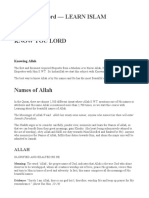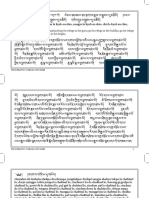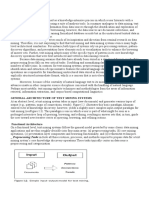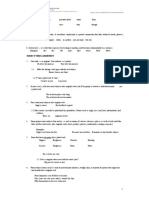0% found this document useful (0 votes)
22 views114 pagesModule 1 - Complete Notes
The document provides an overview of the topics to be covered in Module 1 of the Discrete Mathematics course, including mathematical logic, set theory, logic, permutation, combination and graph theory. It outlines the specific topics to be discussed in the module on mathematical logic such as statements and notation, connectives, tautologies, and inference theory for both statement and predicate calculus. References for the module are also provided.
Uploaded by
Kshitiz GoyalCopyright
© © All Rights Reserved
We take content rights seriously. If you suspect this is your content, claim it here.
Available Formats
Download as PDF, TXT or read online on Scribd
0% found this document useful (0 votes)
22 views114 pagesModule 1 - Complete Notes
The document provides an overview of the topics to be covered in Module 1 of the Discrete Mathematics course, including mathematical logic, set theory, logic, permutation, combination and graph theory. It outlines the specific topics to be discussed in the module on mathematical logic such as statements and notation, connectives, tautologies, and inference theory for both statement and predicate calculus. References for the module are also provided.
Uploaded by
Kshitiz GoyalCopyright
© © All Rights Reserved
We take content rights seriously. If you suspect this is your content, claim it here.
Available Formats
Download as PDF, TXT or read online on Scribd
/ 114

